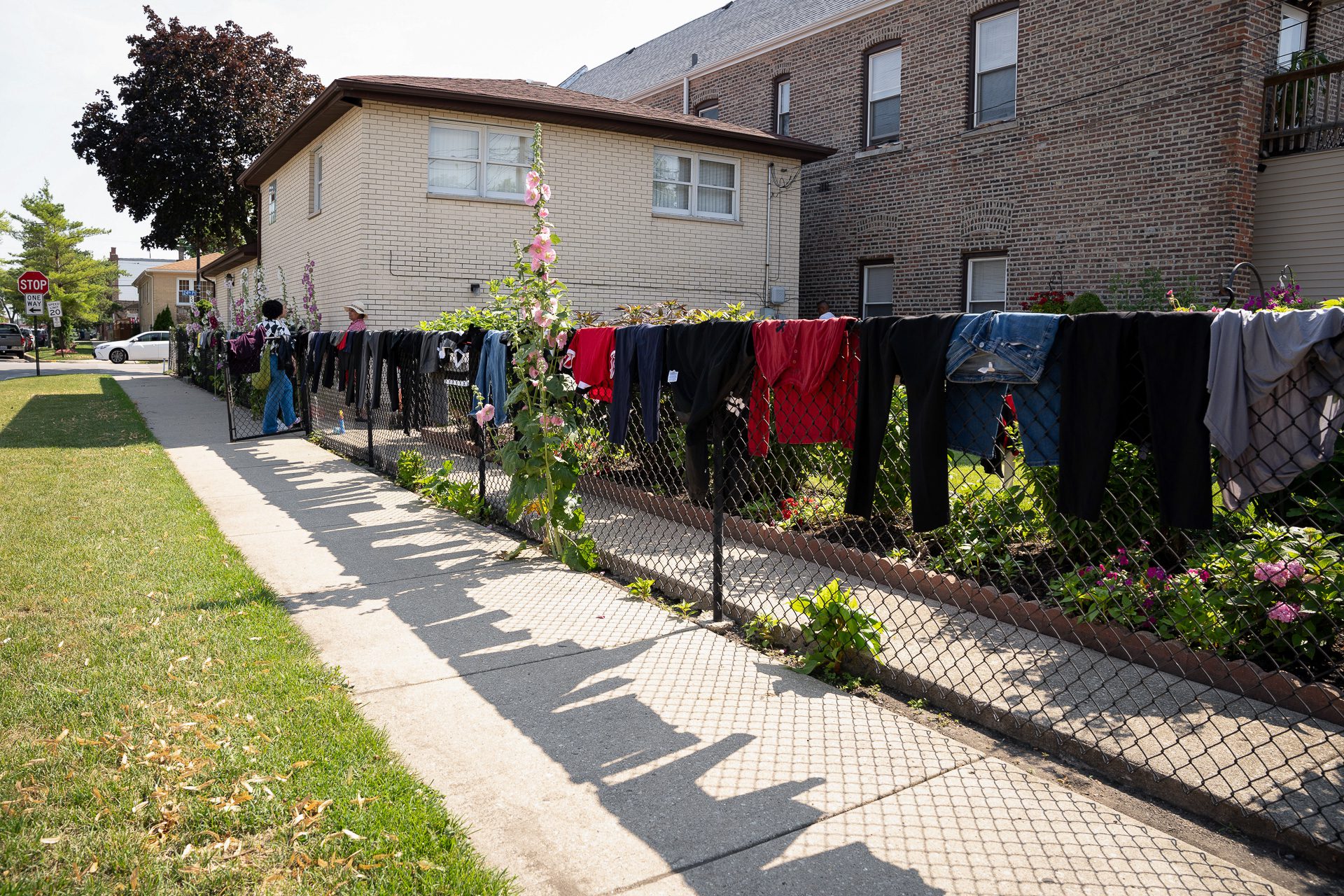 Efrain Soriano/Borderless Magazine
Efrain Soriano/Borderless MagazineIn a region where communities of color are most impacted by flooding, RainReady is bringing together community members to create flood mitigation plans.
The day before Independence Day, the summer sun beat down on dozens of clothes and shoes strewn across the backyard and fence of the Cicero, Illinois, home where Delia and Ramon Vasquez have lived for over 20 years.
A nearly nine-inch deluge of rain that fell on Chicago and its suburbs the night before had flooded their basement where the items were stored in plastic bins. Among the casualties of the flood were their washer, dryer, water heater and basement cable setup. The rain left them with a basement’s worth of things to dry, appliances and keepsakes to trash, and mounting bills.
News that puts power under the spotlight and communities at the center.
Sign up for our free newsletter and get updates twice a week.
The July flood was one of the worst storms the Chicago region has seen in recent years and over a month later many families like the Vasquezes are still scrambling for solutions. Without immediate access to flood insurance, the couple was left on their own to deal with the costs of repairing the damage and subsequent mold, Delia said. The costs of the recent flood come as the Vasquez family is still repaying an $8,000 loan they got to cover damages to their house from a flood in 2009.
Aggravated by climate change, flooding problems are intensifying in the Chicago region because of aging infrastructure, increased rainfall and rising lake levels. An analysis by Borderless Magazine found that in Chicago and its surrounding suburbs, extreme weather events and heavy rainfall disproportionately affect people of color and those from immigrant backgrounds. These same communities often face barriers to receiving funding for flood damage or prevention due to their immigration status – many undocumented people cannot get FEMA assistance – as well as language or political barriers.
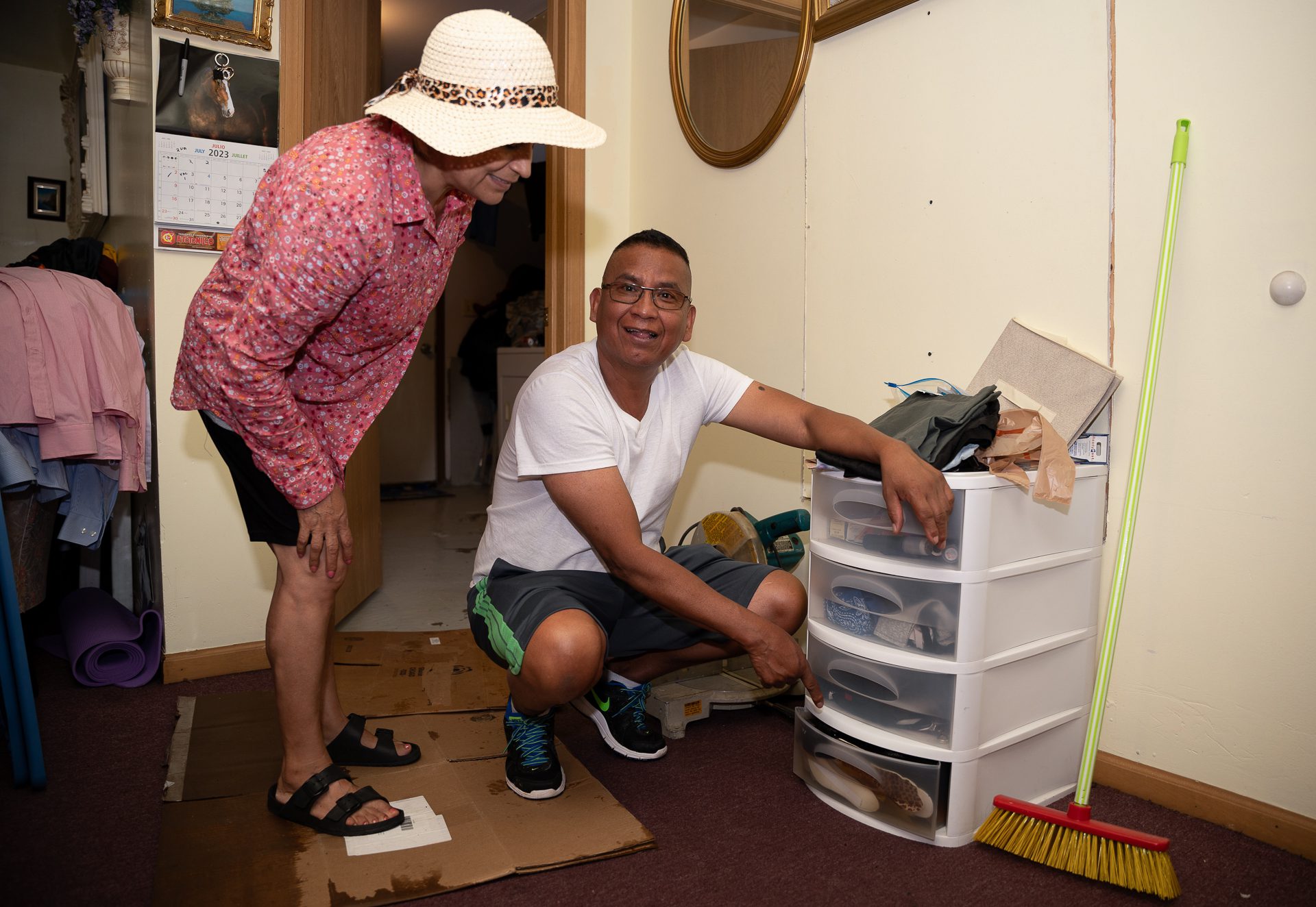
“You feel hopeless because you think the government is going to help you, and they don’t,” Delia said. “You’re on your own.”
The lack of a political voice and access to public services has been a common complaint in Cicero, a western suburb of Chicago where Latinos account for more than four out of five residents, the highest such percentage among Illinois communities.
One potential solution for communities like Cicero could come from Cook County and the Center for Neighborhood Technology (CNT) in the form of their RainReady program, which links community input with funding for flood prevention. The program has already been tried out in a handful of suburbs and is now being implemented in the Calumet region, a historically industrial area connected by the Little Calumet River on the southern end of Cook County. The RainReady Calumet Corridor project would provide towns with customized programs and resources to avoid flooding. Like previous RainReady projects, it relies on nature-based solutions, such as planting flora and using soil to hold water better.
CNT received $6 million from Cook County as part of the county’s $100 million investment in sustainability efforts and climate change mitigation. Once launched, six Illinois communities — Blue Island, Calumet City, Calumet Park, Dolton, Riverdale and Robbins — would establish the RainReady Calumet Corridor.
At least three of the six communities are holding steering committee meetings as part of the ongoing RainReady Calumet process that will continue through 2026. Some participants hope it could be a solution for residents experiencing chronic flooding issues who have been left out of past discussions about flooding.
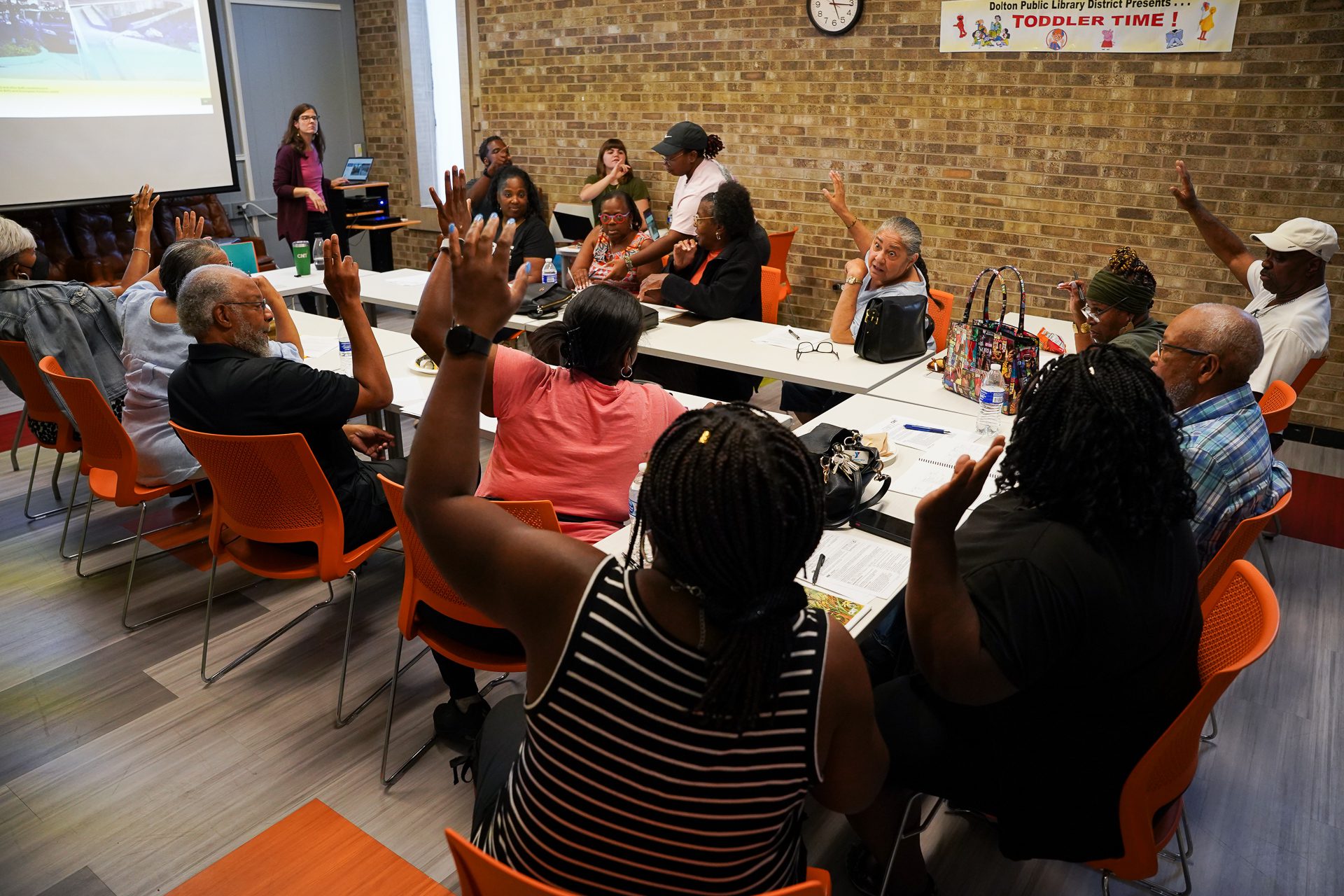
“We really need this stuff done and the infrastructure is crumbling,” longtime Dolton resident Sherry Hatcher-Britton said after the town’s first RainReady steering committee meeting. “It’s almost like our village will be going underwater because nobody is even thinking about it. They might say it in a campaign but nobody is putting any effort into it. So I feel anything to slow [the flooding] — when you’re working with very limited funds — that’s just what you have to do.”
Where’s the Money?
In Cicero and other low-income and minority communities in the Chicago region where floods prevail, the key problem is a lack of flood prevention resources, experts and community activists say.
Amalia Nieto-Gomez, executive director of Alliance of the Southeast, a multicultural activist coalition that serves Chicago’s Southeast Side — another area with flooding woes — laments the disparity between the places where flooding is most devastating and the funds the communities receive to deal with it.
“Looking at this with a racial equity lens … the solutions to climate change have not been located in minority communities,” Nieto-Gomez said.
Marisol Nuñez helps her mother out of their basement unit along with their upstairs neighbor in Cicero, Ill. July 2, 2023. The door was hard to open due to the water pressure caused by flooding. Video courtesy of Marisol Nuñez
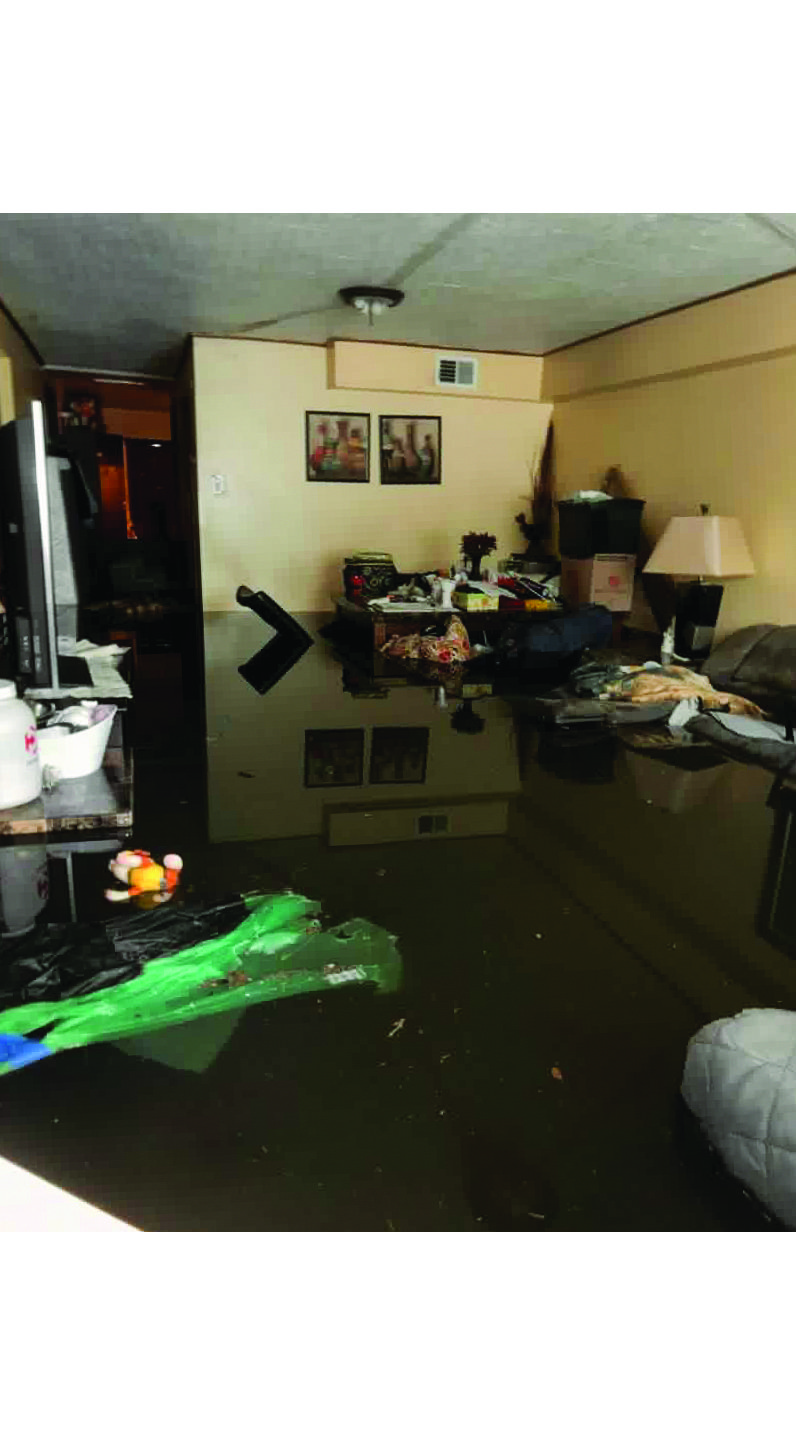
CNT’s Flood Equity Map, which shows racial disparities in flooding by Chicago ZIP codes, found that 87% of flood damage insurance claims were paid in communities of color from 2007 to 2016. Additionally, three-fourths of flood damage claims in Chicago during that time came from only 13 ZIP codes, areas where more than nine out of 10 residents are people of color.
Despite the money flowing to these communities through insurance payouts, community members living in impacted regions say they are not seeing enough of that funding. Flood insurance may be in the name of landlords who may not pass payouts on to tenants, for example, explains Debra Kutska of the Cook County Department of Environment and Sustainability, which is partnering with CNT on the RainReady effort.
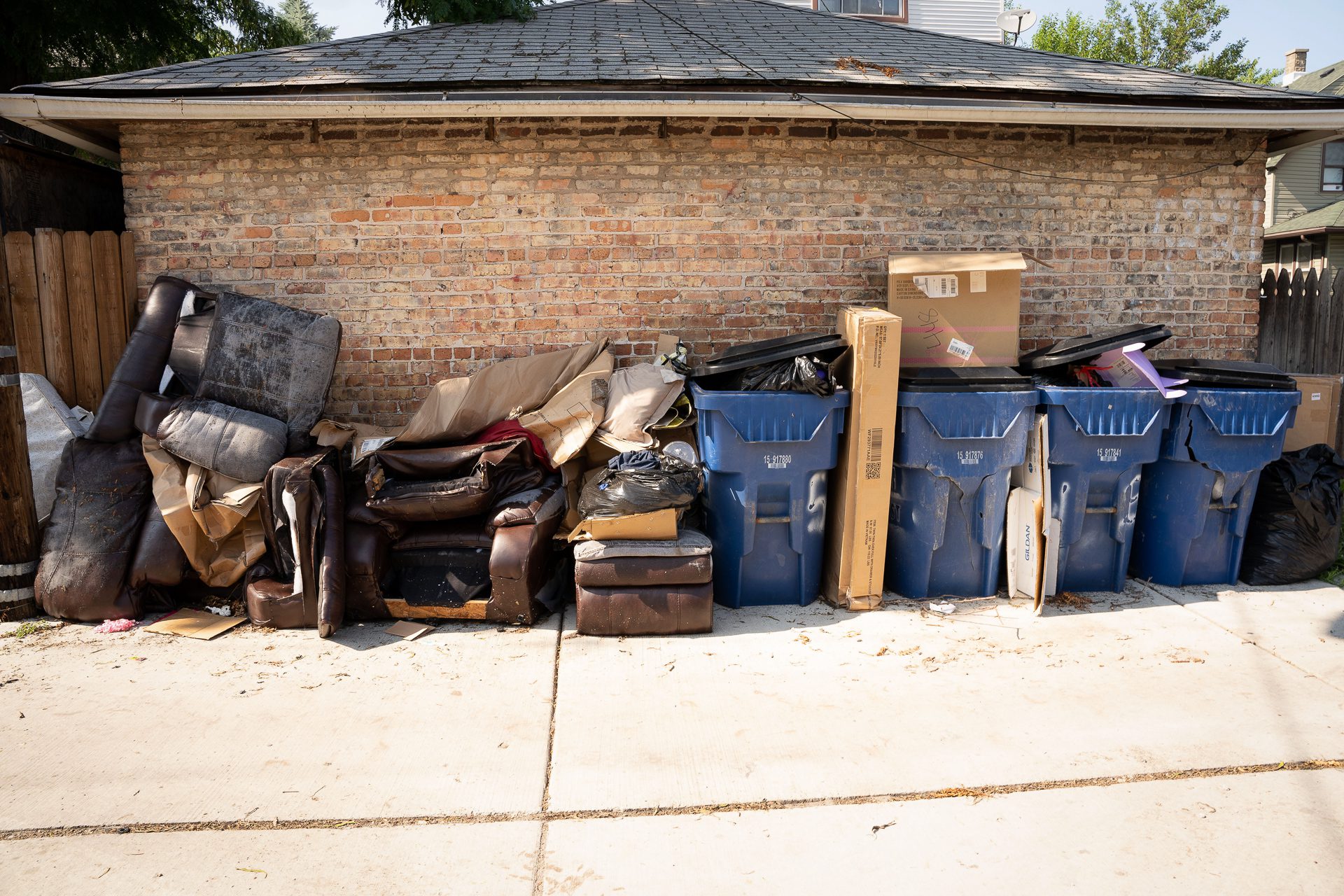
Those who do receive money often get it in the form of loans that require repayment and don’t always cover the total damages, aggravating their post-flood financial difficulties. More than half of the households in flood-impacted communities had an income of less than $50,000 and more than a quarter were below the poverty line, according to CNT.
Listening to Community Members
CNT and Cook County are looking at ways to make the region’s flooding mitigation efforts more targeted by using demographic and flood data on the communities to understand what projects would be most accessible and suitable for them. At the same time, they are trying to engage often-overlooked community voices in creating plans to address the flooding, by using community input to inform the building of rain gardens, bioswales, natural detention basins, green alleys and permeable pavers.
Midlothian, a southwestern suburb of Chicago whose Hispanic and Latino residents make up a third of its population, adopted the country’s first RainReady plan in 2016. The plan became the precursor to Midlothian’s Stormwater Management Capital Plan that the town is now using to address its flooding issues.
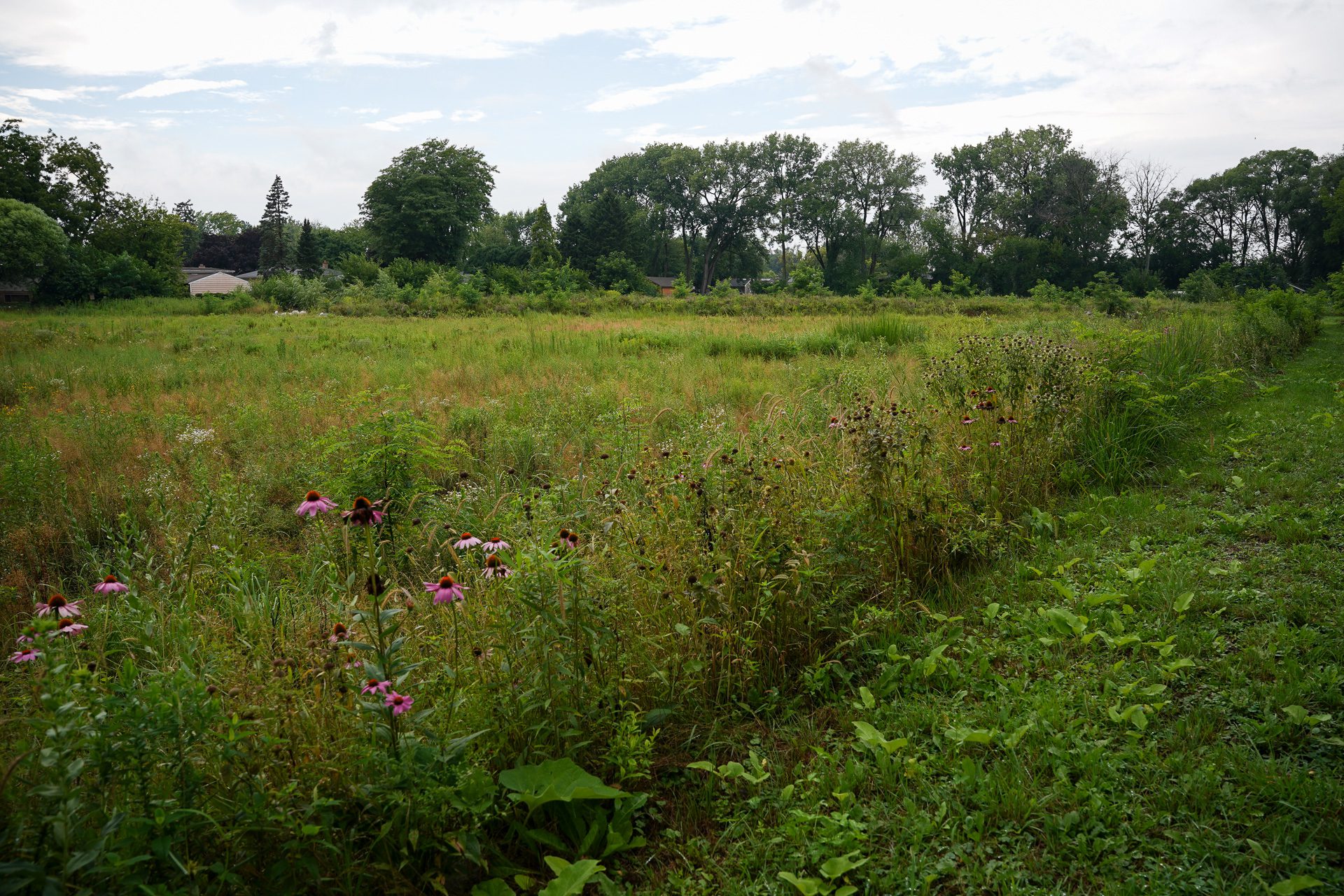
One improvement that came out of the RainReady plan was the town’s Natalie Creek Flood Control Project to reduce overbank flooding by widening the channel and creating a new stormwater storage basin. Midlothian also installed a rain garden and parking lot with permeable pavers not far from its Veterans of Foreign Wars building, and is working to address drainage issues at Kostner Park.
Kathy Caveney, a Midlothian village trustee, said the RainReady project is important to the town’s ongoing efforts to manage its flood-prone creeks and waterways. Such management, she says, helps “people to stop losing personal effects, and furnaces, and water heaters and freezers full of food every time it rains.”
Like in the Midlothian project, CNT is working with residents in the Calumet region through steering committees that collect information on the flood solutions community members prefer, said Brandon Evans, an outreach and engagement associate at CNT. As a result, much of the green infrastructure CNT hopes to establish throughout the Calumet Corridor was recommended by its own community members, he said.
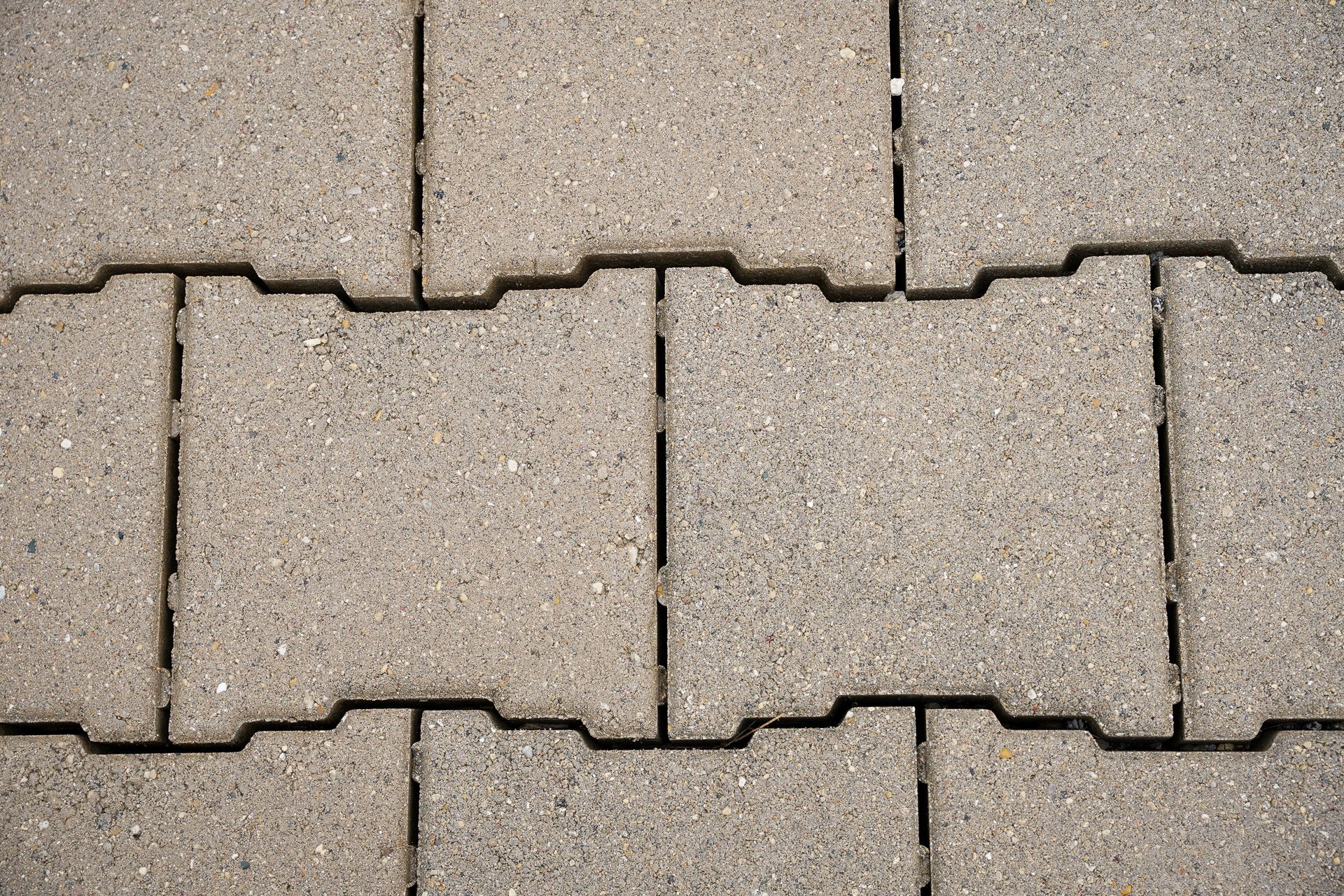
“We’ve got recommendations from the plans, and a part of the conversation with those residents and committee members is input on what are the issues that you guys see, and then how does that, in turn, turn into what you guys want in the community,” Evans said.
The progress of the RainReady Calumet Corridor project varies across the six communities involved, but final implementation for each area is expected to begin between fall 2023 and spring 2025, Evans said. If the plan is successful, CNT hopes to replicate it in other parts of Cook County and nationwide, he said.
Despite efforts like these, Kevin Fitzpatrick of the Metropolitan Water Reclamation District argues that the scale of the flooding problem in the Chicago region is so large that a foolproof solution would be “prohibitively expensive.” Instead, communities should work toward flood mitigation with the understanding that the region will continue to flood for years to come with climate change. And because mitigation efforts will need to be different in each community, community members should be the ones who decide what’s best for them, says Fitzpatrick.
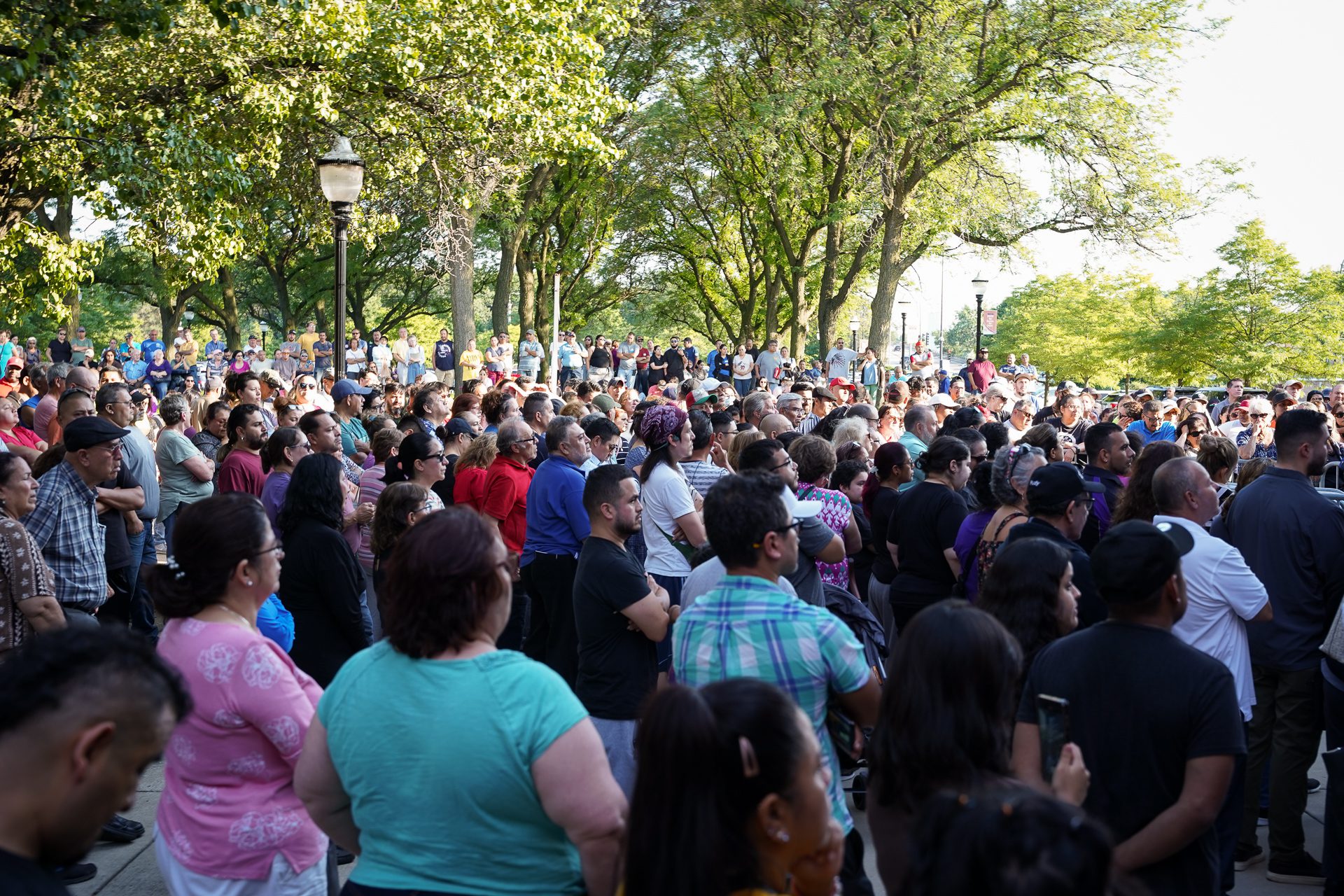
In communities like Cicero, which has yet to see a RainReady project, local groups have often filled in the gaps left by the government. Cicero community groups like the Cicero Community Collaborative, for example, have started their own flood relief fund for residents impacted by the early July storm, through a gift from the Healthy Communities Foundation.
Meanwhile, the Vasquez family will seek financial assistance from the town of Cicero, which was declared a disaster area by town president Larry Dominick and Illinois Gov. J.B. Pritzker after the July storm. The governor’s declaration enables Cicero to request assistance for affected families from FEMA.
But the flooding dangers persist.
The day after her home flooded, a neighbor suggested to Delia Vasquez that she move to a flood-free area. Despite loving her house, she has had such a thought. But like many neighbors, she also knows she can’t afford to move. She worries about where she can go.
“If water comes in here,” Vasquez said, “what tells me that if I move somewhere else, it’s not going to be the same, right?”
Efrain Soriano contributed reporting to this story.
This piece is part of a collaboration that includes the Institute for Nonprofit News, Borderless, Ensia, Grist, Planet Detroit, Sahan Journal and Wisconsin Watch, as well as the Guardian and Inside Climate News. The project was supported by the Joyce Foundation.
Correction 8/17/23: An earlier version of this article incorrectly stated that Cicero president Larry Dominick’s disaster declaration enabled Cicero to request assistance for affected families from FEMA. Illinois Gov. J.B. Pritzker’s declaration enabled the request for assistance.


